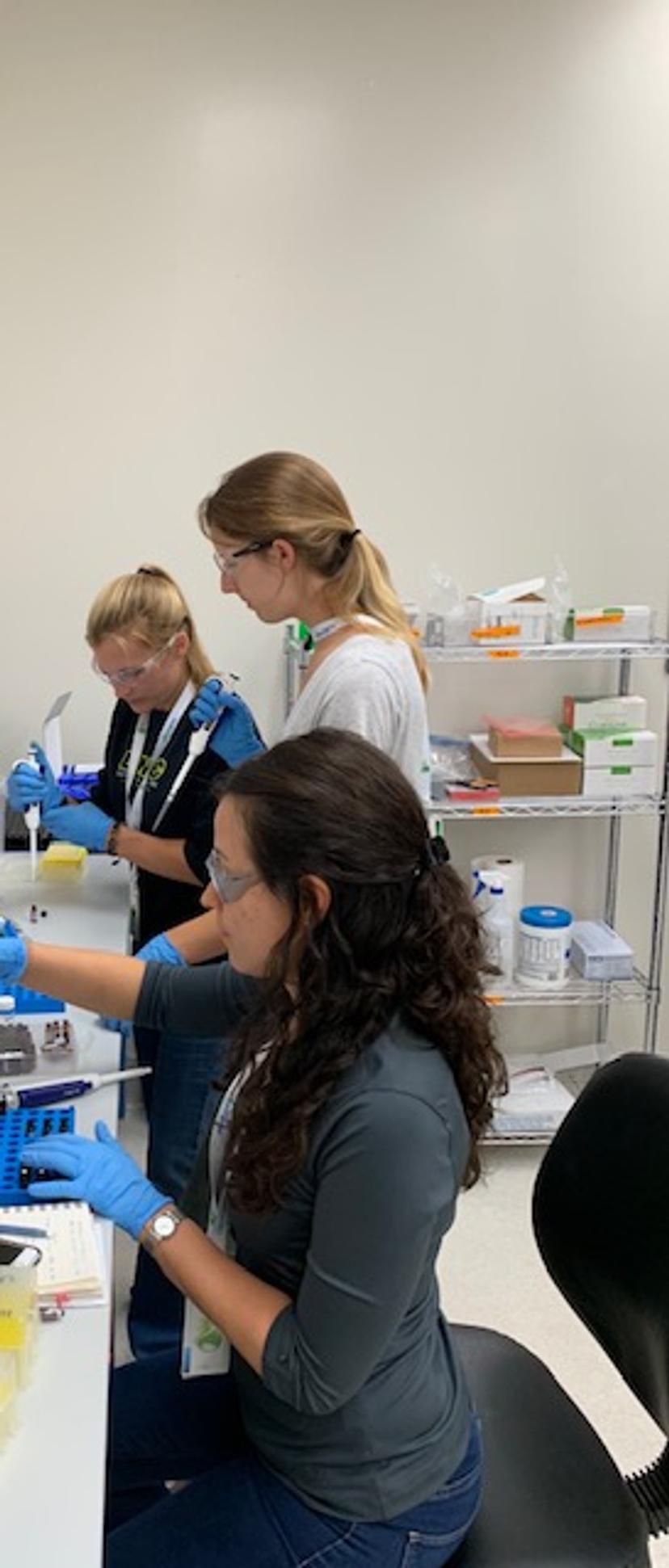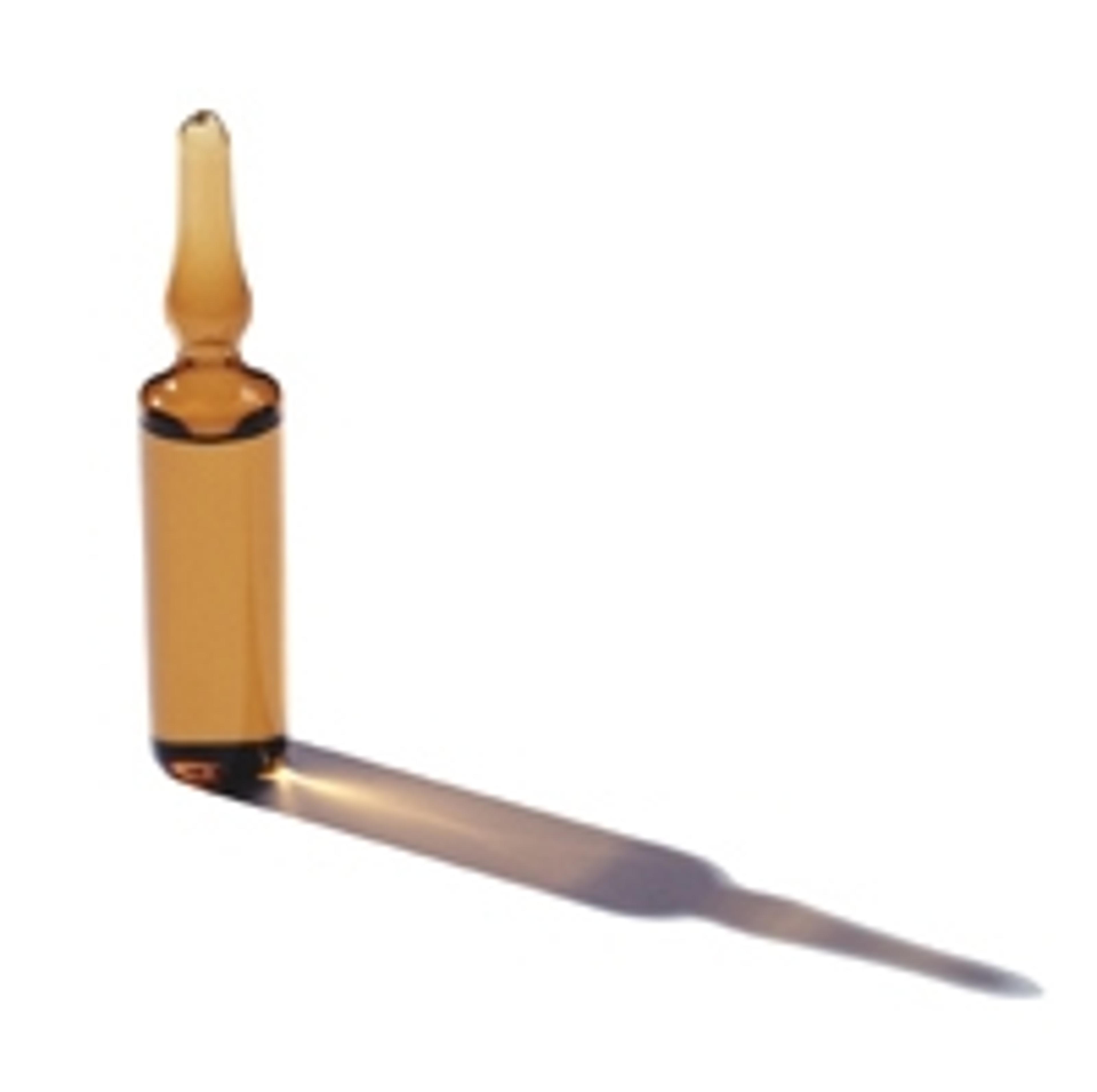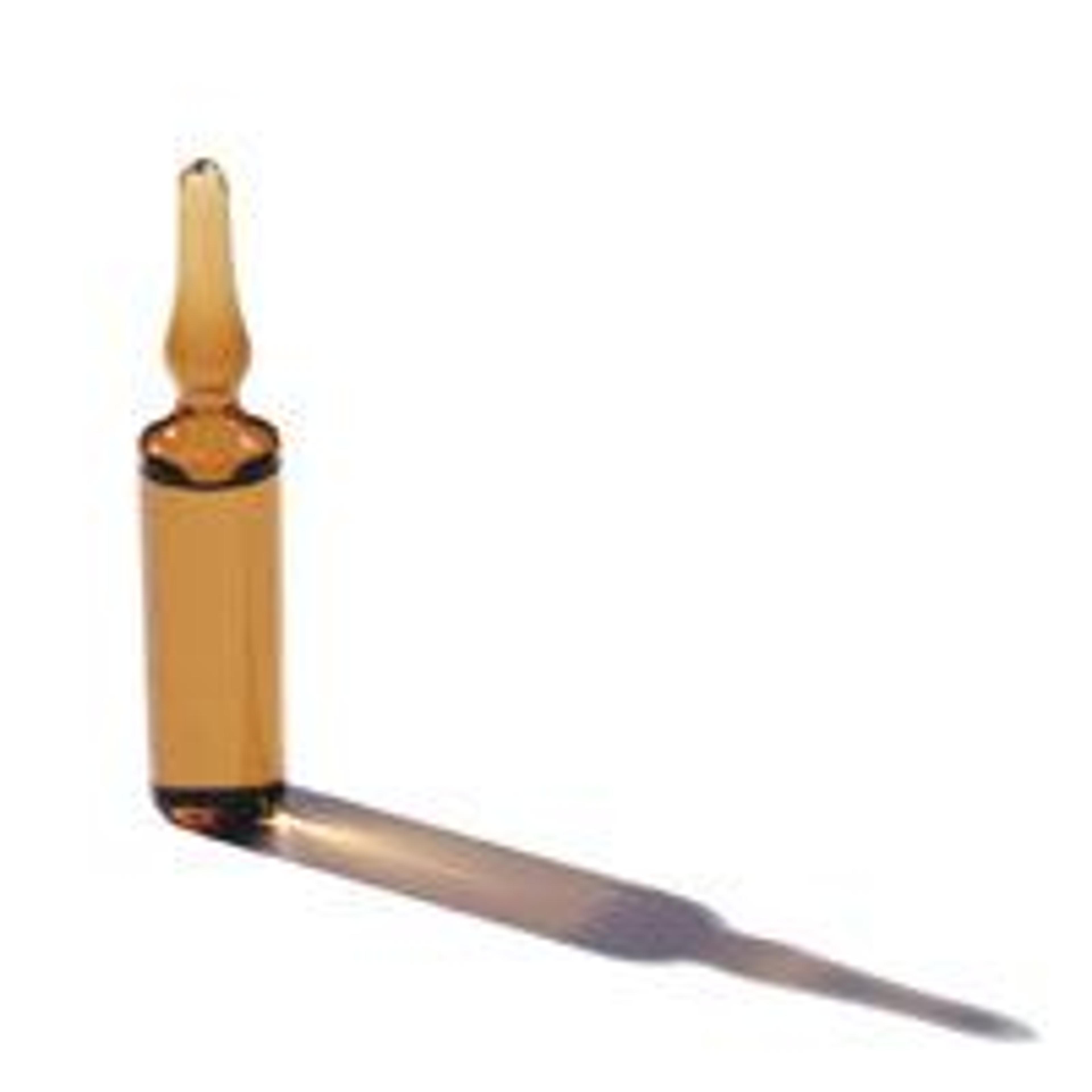Meet the scientists determined to relieve the pain points of cannabis testing
As the possibility of federal legalization looms in the U.S., hear how Restek is approaching cannabis for 2020 and working with its customers to advance the field of cannabis testing as a whole
27 Feb 2020

As cannabis legalization becomes more widespread, in this SelectScience interview we speak with Ashlee Gerardi, Business Development Manager at Restek, about her history in cannabis science, her conversations with scientists at the sharp end of research and how Restek’s approach to analytical testing has evolved in tandem with the cannabis industry boom.
For the past three years, Gerardi has been working with individuals in the cannabis and hemp industry to better understand their needs for quality analysis (QA) testing. These investigations have covered the entire workflow, from sample preparation to data output. Currently, Gerardi is working with scientists to find out and tackle their pain points when it comes to analytical testing, whether that’s around the testing process itself or by helping to educate people on the market, good laboratory practice or working with the cannabis team at Restek to develop exciting new solutions.
Tell us a bit more about your role
AG: Each day I’m challenged with solving problems and gathering the voice of the customers and voice of the market to make sure we address the needs accurately and effectively. I’m very lucky to work with a great group of individuals at Restek who accompany me to tradeshows and conferences to present our testing workflows and solutions. With this market being so dynamic, it’s important to stay abreast of state and federal regulations. Therefore, I’m active in various organizations like the American Council of Independent Laboratories (ACIL), the Association of Official Agricultural Chemists (AOAC), and the American Society for Testing and Materials (ASTM). Within my role, it’s also key to build relationships and monitor trends globally. This insight provides our team with a larger view of the global market for cannabis and hemp. For example, if we just look at the US, more than half the states have legalized cannabis in some form. State testing regulations vary from state to state, making it challenging to standardize methodologies. Our team is constantly developing workflows that address not only some state regulations, but we strive to make our workflows simple so they can be modified to meet the needs of others.
What are the key challenges for cannabis scientists and how is Restek working to overcome these and to help push the field forward?
AG: There are many challenges cannabis scientists are faced with on a daily basis. Staying compliant with changing regulations, high personnel turnover, diversity in samples, instrumentation upkeep and finding time and resources for method development are just the tip of the iceberg. Some of our key cannabis scientists at Restek like Colton Myers, Nathaly Reyes, and Justin Steimling are developing workflows that increase sample throughput, minimize sample preparation, and can be implemented on common samples that labs are likely to encounter. Finding solutions and providing insight into our experience from working with these complex and dirty samples through webinars, Restek’s Cannabis Advantage and blog posts are just a few things that we’re doing to help push the field forward.
Video: Justin Steimling, LC applications manager, shares his top tips for sample extraction

Are there any new technologies that you are particularly excited about?
AG: We’re constantly expanding our workflows and consumables for this market. Reference standards (CRMs) play a vital role in accurate and reliable testing. We’ve recently released additional cannabinoid and pesticide standards and we’ll continue to expand our standards portfolio throughout the year. One growing pain point labs asked us to help solve was a potency method that still used ACN, but reduced their cost per test. To address this, Justin Steimling developed an isocratic method that reduced the solvent consumption for the separation of 19 cannabinoids. The beautiful thing about this method is labs can still modify it to cut down on their solvent usage if they’re screening for fewer cannabinoids, helping labs lower their cost per sample and decrease solvent waste.
How do you support your customers in such a fast-evolving industry?
AG: One of the ways we support our customers in this rapidly growing industry is by developing workflows on a variety of samples. The large breadth of sample types can be overwhelming and hard for labs to manage. So, while a new potency method for the flower is great, addressing the modifications that have to be made for a beverage or edible still cuts into a lab’s method development time and resources. We try to tackle as many sample types as we can. For example, we have experience and literature for potency testing on flower, chocolate, hard candies, concentrate, CBD oil, and a handful of other matrices.
What’s the main advice you can offer for those wanting to improve their analysis?
AG: Continuing your education, diversifying your skill set and gaining as much experience as you can is critical for this market. Also, having resources you can lean on to help you find answers quickly is key. At Restek, we work directly with customers to help solve and troubleshoot their problems. When you call our customer service number, you’ll speak directly to one of our customer service team members. In addition, our cannabis scientists are also available to assist with questions or troubleshooting.
How do you expect the cannabis testing industry will look in 3, 5, 10 years’ time?
AG: I still feel short term, the market is going to be very dynamic. There are still states that have not legalized cannabis in some form, nor a federal standardized testing governance specifically for cannabis. I feel the hemp market will drive federal regulations for testing and other aspects of the market and set the foundation for the eventual federal legalization of cannabis. This will help the creation and adoption of standardized methods that are greatly needed in this market.



